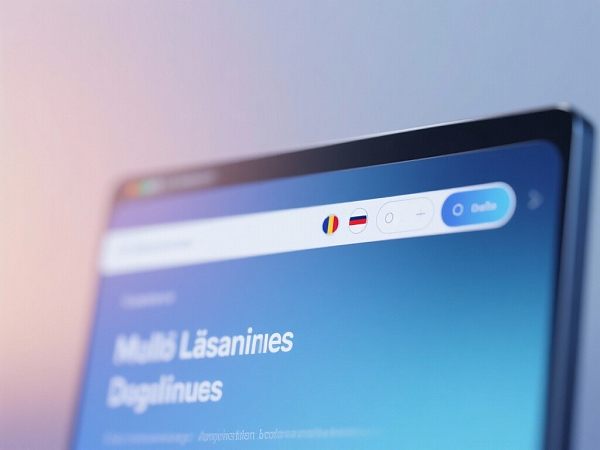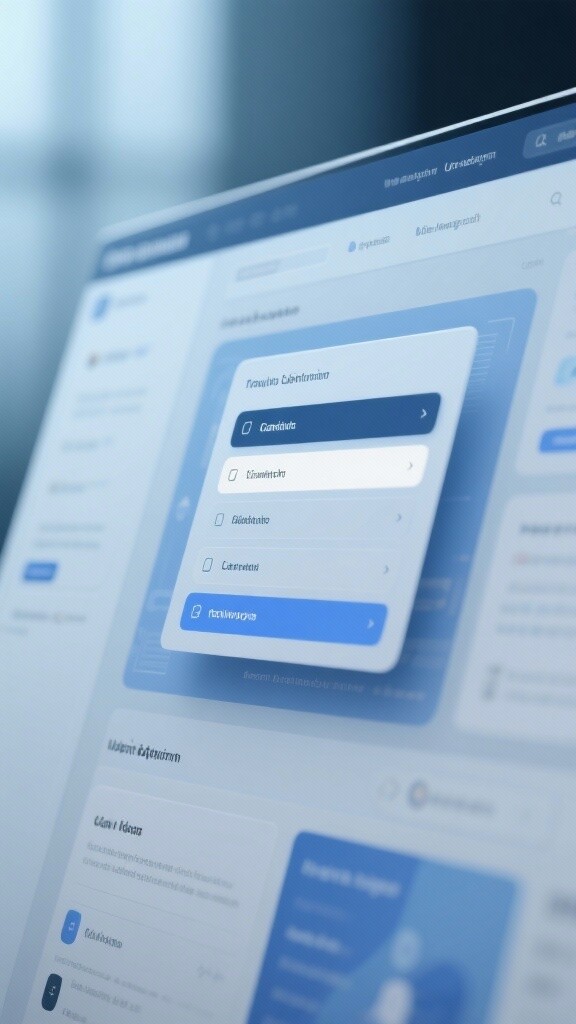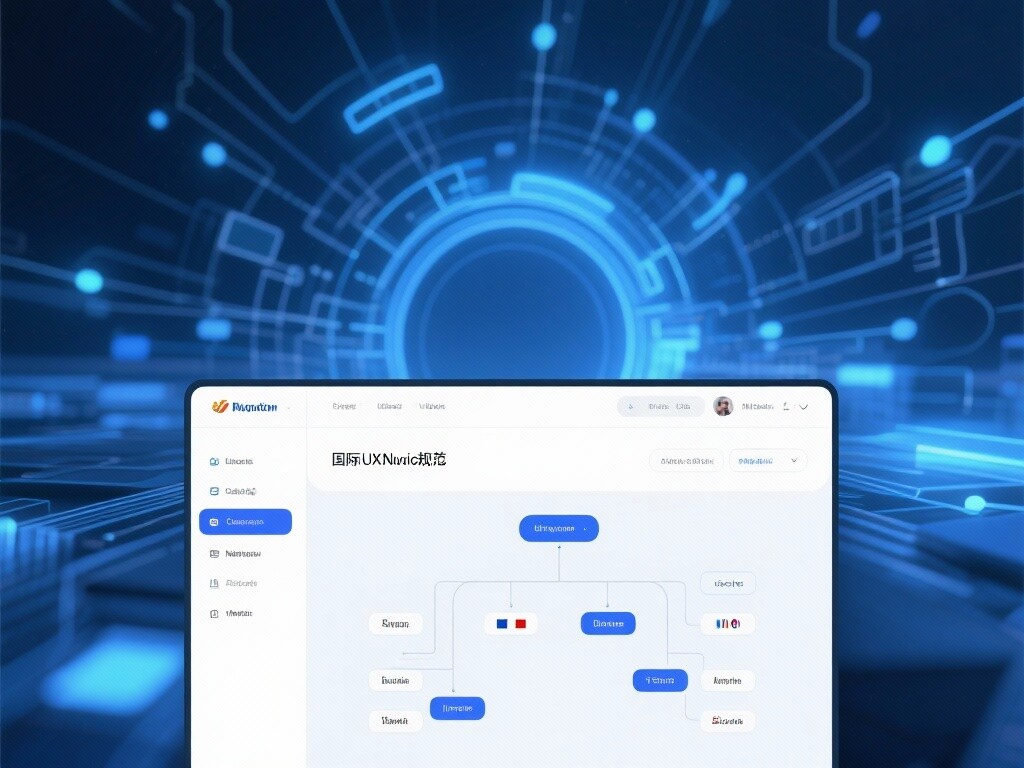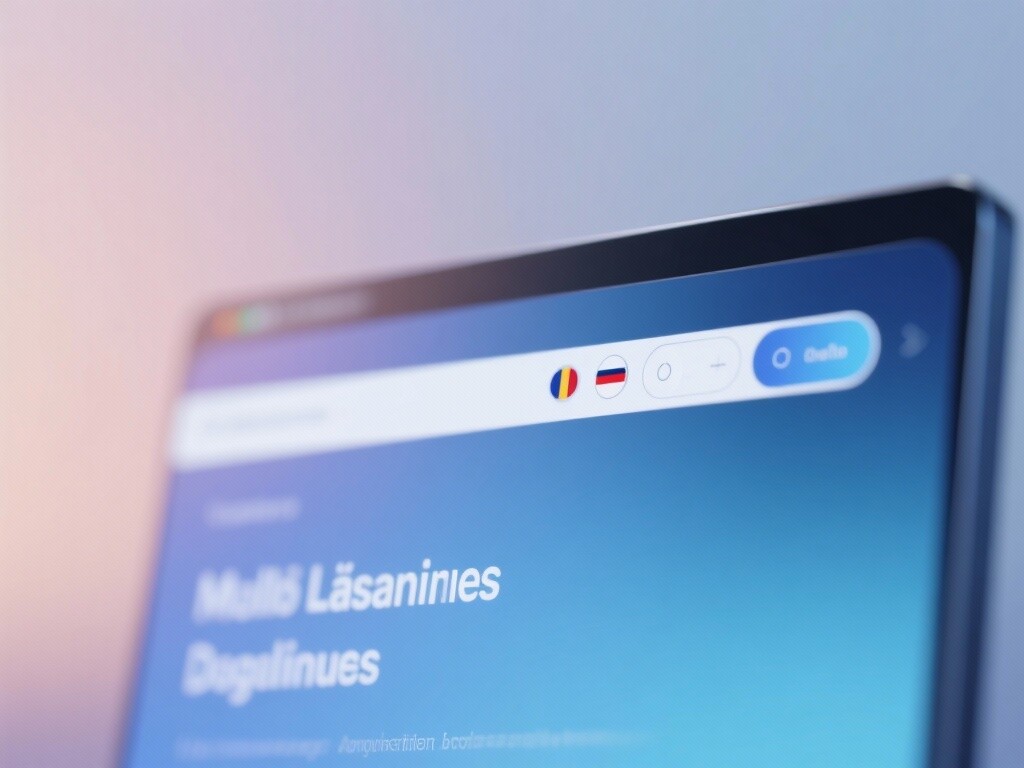I. The Authoritative Definition and Core Values of Multilingual Website Design
1. The authoritative definition of multilingual website design
Multilingual website design refers to a professional design process that systematically considers differences in languages, cultures, reading habits, and technological environments when planning, structuring, and visually presenting a website. It transcends traditional graphic design and is a user-centric internationalization project designed to ensure that the website resonates with users in the target market in terms of functionality, usability, and emotional appeal .
The core of professional multilingual website design is to achieve a high degree of localization of user experience while maintaining brand consistency , thereby reducing the cognitive threshold and trust cost for users and maximizing conversion rates .
2. The Strategic Core Value of Professional Multilingual Website Design
II. The Development History and Strategic Evolution of Multilingual Website Design
The history of multilingual website design is a transformation from "translated text filling" to "globalized user experience customization".

1. Early stage: Fixed layout and simple content filling (2000s-2010)
Design features: A single, fixed-width layout where the translated English content is directly filled into the same layout .
User experience pain points:
Text overflow: Long text languages such as German and Russian often cause navigation overflow or content corruption .
Visual clash: Use of fixed fonts and images , lack of cultural sensitivity .
Limitations: Lack of international perspective, poor user experience, and extremely low conversion rate .
2. Responsive Design and Basic Area Adaptation (2010-2018)
Milestone: Responsive design (RWD) became mainstream, and designs began to adapt to different screen sizes .
Strategic shift: Designs began to consider text scaling and alignment , and basic date/currency format adaptation started to emerge. Some designs began to avoid using images with strong regional connotations .
Challenges: There is still a lack of in-depth cultural insights and international SEO considerations , and technical requirements such as Hreflang are not reflected in the design structure .
3. UX/UI localization and international SEO integration (2018 to present)
Core focus: Deep integration of design with international SEO and cultural insights , with conversion rate as the guiding principle .
Strategy Deepening:
Customized layout: Design completely different mirrored layouts for right-to-left (RTL) reading languages such as Arabic .
Conversion path optimization: Customize the conversion funnel design based on payment habits and form filling habits in different countries .
SEO design guidelines: The placement of the language switcher and the deployment of Hreflang tags are essential elements that must be considered in the design process.
Trend: Modern multilingual website design is a highly specialized, data-driven, and culturally insightful strategic endeavor .
III. Technical Principles of Multilingual Website Design: Three Core Design Elements
Professional multilingual website design services must master and To ensure a high global user experience and conversion efficiency, the following three core design elements must be applied 100% .
1. Internationalized UX/UI architecture design: improving usability
Principle: Ensure that the website's navigation, information architecture, and key functions remain highly usable across different cultures and reading habits .
Core design elements:
Design and placement of the language switcher:
The full language name (e.g., Deutsch, not DE) should be used , with the national flag icon as a secondary element , to avoid political controversy.
The location is usually in the upper right corner of the website header , which is consistent and easy to access .
Text flow and layout customization:
Design mirrored layouts for RTL languages (such as Arabic and Hebrew) : **All elements (navigation, icons, text)** should be aligned from right to left.
Employ flexible responsive typography : Reserved text scaling allowance to accommodate long text languages.
Localized navigation structure: Adjust the priority and wording of the main navigation menu according to the search habits and product focus of the target market .
2. Culturally Localized Visual Design: Building Emotional Trust
Principle: Avoid using colors, images, and symbols that may cause misunderstanding, negative associations, or discomfort in the target culture ; build trust through visual elements .
Core design elements:
Color psychology adaptation: For example, in China, red represents joy and wealth , but in some Western countries it may represent danger or debt . Designs should adjust the primary and secondary colors according to the target market .
Images and Character Portrayals: Showcase localized, representative characters in different language versions to enhance approachability and immersion . Avoid using images with strong Western or singular cultural characteristics .
Universality of icons and symbols: Ensure that shopping carts, currency symbols, email icons , etc., can be accurately understood globally .
3. Technically and SEO-friendly design: Ensuring performance and indexing.
Principle: The design must support international SEO architecture and global performance optimization to ensure that the website is correctly indexed by search engines .
Core technology support:
Font loading optimization: Adopt web-safe fonts or localized font loading strategies to avoid slow global loading speeds (affecting CWV) caused by excessively large font files .
URL Structure Design Guidelines: **Design guidelines recommend using subdirectories (e.g., /fr) instead of subdomains to facilitate SEO weight concentration .
Crawlability design: Ensure that all language switching is implemented through crawlable HTML links , rather than relying solely on JavaScript , so that Google's crawler can discover and index all language versions .
IV. Core Features and Strategic Advantages of Professional Multilingual Website Design
1. Design as Transformation: Driven by Cultural Insights
Features: Design decisions are based on in-depth research into the behavior and cultural psychology of users in the target market , rather than aesthetic preferences.
Advantages: Directly translates into higher inquiry and order conversion rates , elevating website design from "aesthetically pleasing" to a strategic level of "sellable" .
2. Efficient and unified global brand image
Features: Through rigorous visual guidelines , it ensures consistent design style across different language versions. uniformity , while paying attention to details** 100% localized**.
Advantages: No matter where customers are, they can feel the brand's professional, consistent, and trustworthy image .
3. A perfectly compatible front-end with international SEO architecture.
Features: SEO factors such as Hreflang deployment, CWV optimization, and crawlability are taken into consideration during the design phase .
Advantages: The website design front end is perfectly integrated with the international SEO back end , avoiding SEO risks and high repair costs caused by design flaws .
4. Future-proof and multi-platform scalability
Features: It adopts a modular and component-based design , making it easy to add new language versions or adapt to new mobile/tablet devices .
Advantages: Reduces the cost and time of future expansion and iteration , ensuring the long-term value of website design .
V. In-depth Application and Practical Scenarios of Multilingual Website Design

1. Optimization of payment processes and forms for DTC/cross-border e-commerce
Application: Suitable for e-commerce platforms where transactions are conducted directly on the website .
Practical application:
Payment icon localization: Display the SEPA or Sofort Banking icon in the European site, and display the locally popular e-wallet icon in the Asian site .
Address form design: Customize the form for different country address formats , such as Japanese postal code first and US state name first , to reduce the error rate of users filling in the form .
Customized promotional visuals: Ensure that promotional information (such as discounts and countdowns) is displayed in a way that aligns with the purchasing habits of local users.
2. Inquiry and Trust Process Design for B2B Enterprises
Application: Suitable for B2B websites whose primary goal is to generate sales leads .
Practical application:
Localization of trust elements: The Middle Eastern version highlights certification marks and partner logos , while the German version emphasizes quality and technical standard certifications .
Highlight contact information: Ensure that local phone numbers and dedicated sales email addresses are displayed in the most prominent positions in different language versions .
CTA button wording: Use localized, high-conversion calls to action (e.g., "Get a Quote" in English, "Jetzt Anfragen" in German).
3. Mirroring design of RTL (right-to-left) languages
Application: Suitable for brands that need to enter Arabic-speaking markets such as the Middle East and North Africa (MENA) .
Practical application: Perform a complete RTL mirror design , including all visual elements such as navigation bar, logo position, text alignment, and scroll bar direction. It is rotated degrees to ensure that Arabic-speaking users can read and use it without barriers .
4. EEAT's visual presentation of highly authoritative content
Application: Suitable for financial, medical, and technology websites that require high levels of professional content .
Practical application: Design a dedicated "Author Biographies" section to highlight endorsements from local experts in the field across different language versions . Use an authoritative and rigorous visual style to enhance the credibility of the content .
VI. EasyCreation: Your Strategic Partner for Multilingual Website Design
E-Creative focuses on providing top-tier multilingual website design services oriented towards global user experience and conversion rates . We seamlessly integrate cultural insights, international SEO, and cutting-edge design to help your brand stand out in any market and win the trust of global clients .
Get a professional international UX/UI design diagnostic report now!
Building Trust Connections with Global Users Based on Cultural Insights
Transform website design into measurable global conversion rate improvements
Partner with Yiyingbao to create a future-oriented global digital storefront!
FAQ
1. In multilingual website design, how to handle text overflow and long text?
Answer: Solve through flexible responsive design and sufficient space reservation.
Reserved space: During the design draft phase, reserve content space for languages with long compound words like German and Finnish.
Flexible layout: Avoid using fixed heights or widths. Adopt fluid grids and flexible box models, allowing text to scale automatically without disrupting layouts.
Font optimization: Use easily readable and highly compatible fonts, and avoid overly restrictive character limits in key navigation.
2. How to handle color meaning differences across cultures during design?
Answer: Through color psychology research and localized color strategies.
Cultural research: Before starting design, clarify color taboos and preferences in target markets. Example: In many Asian cultures, white is associated with death and should be used cautiously in promotions.
Primary and secondary color separation: Maintain global brand consistency for primary colors, while adjusting secondary and accent colors (like warnings, success) based on local cultures.
User testing: Conduct small-scale user feedback tests in target markets, validating cultural adaptability of design elements.
3. How does multilingual website design help international SEO rankings?
Answer: By improving user experience signals and supporting technical SEO architecture.
User experience signals: Good multilingual design reduces bounce rates, increases dwell time and page interactions. These positive user behavior signals are recognized by Google, directly improving site ranking weight.
Technical support: Designs ensure language switchers are crawlable HTML links, correctly implement Hreflang tags, maintain global CWV performance, eliminating technical barriers for international SEO.
4. Does RTL (right-to-left) language design require complete redesign?
Answer: Yes, RTL languages require complete "mirror design" (Mirroring).
Content reversal: Text flow, lists, numbering, tables must be arranged right-to-left.
Interface reversal: Main navigation bars, LOGO, scroll bars, sidebars, form input alignment and all interface elements must be mirrored right-to-left, achieving alignment with user reading and operation habits.

Customer Reviews
Mr. Zhang, Market Director of a Global B2B Industrial Technology Company
"Our previous German website was simply translated, filled with dissonant designs, and inquiry volumes remained low. Easy Treasure's multilingual website design service provided complete RTL mirror design and long text optimization. Now, our user experience in the Middle East and Germany has been thoroughly elevated. The site's professionalism significantly increased, with inquiry conversion rates rising by in target markets. Their design is not only aesthetically pleasing but also aligned with business objectives."
Ms. Li, CEO of a Major DTC Cross-border E-commerce Company
"Our brand faced challenges with cultural differences across multiple countries. Easy Treasure's team used localized color and character designs to help our brand quickly establish emotional connections in Southeast Asian and European markets. Their localized checkout flows and payment icons significantly reduced abandonment rates during checkout. This design made us truly realize that multilingual website design is the core competitiveness of global brands, directly influencing users' purchase decisions."




